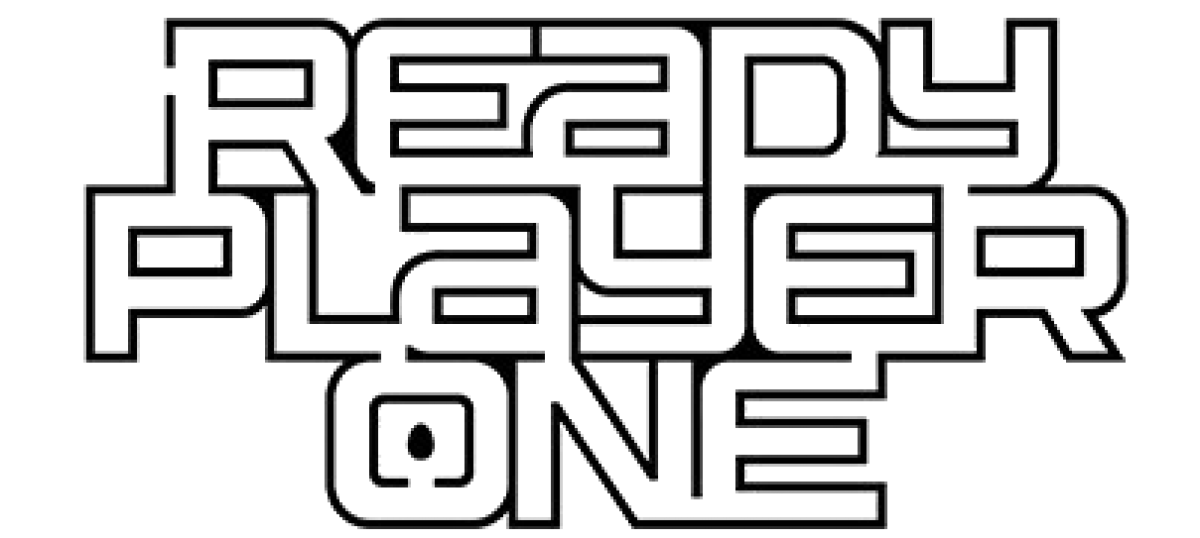Reading on different types of quality media can improve reading comprehension. However, it can also diminish and reduce the amounts of information that is learned and retained. All students learn at different velocity and have their own learning styles. With education adapting to the digital age it brings together some strengths and weaknesses along with it. Schools should find the perfect balance of applying technology to courses to maximize overall efficiency.
Prior to 1992, most studies concluded that people read slower, less accurately and less comprehensively on screens than on paper. Studies published since the 1990s, however, have produced more inconsistent results (Jabr 4). This by itself is more confusing of a statement as the complexity of these results seem to have gotten further and further away from us as time went on. Other things have come into the world, like LCD screens that are ‘supposed’ to make it easier to see your computer screen or television. In my daily life reading a short story or article on the computer can be easily disrupted by other things I’m doing on the computer as opposed to a physical paperback in my hands holding my attention.
Reading and writing has evolved since 384 A.D. (Farge 1) when novelist and essayist Alberto Manguel saw his teacher, Ambrose, reading silently. Apparently, reading silently was something that seemed abnormal to Manguel. He described a shift in ‘human consciousness,’ when he realized that one could silently read, instead of aloud and still comprehend texts (Farge 1,2). Fast forward to today, where we are attempting to simplify our lives even if it may be with an AI like ‘Alexa’ to reorder my laundry detergent. We have been programmed to multi-task and skim over information as quickly as possible, to try to fit into our busy lives. With this lifestyle in mind, technology has allowed us to retrieve important alerts, specific information, order food ahead of time, and it has also given us the opportunity to connect with other people in less than twelve seconds! Since we are in a fast-paced world, it is hard to gather and disseminate any important information quickly, which makes us multitask, or try to multitask. When we multitask, we attempt to do six things at once as expeditiously as possible. “When we attempt to multitask, we don’t actually do more than one activity at once, but quickly switch between them. And this switching is exhausting. It uses up oxygenated glucose in the brain, running down the same fuel that is needed to focus on a task “(Goldhill 1,2). Once a day is filled with multitasking and the physiological impacts come to a head, it turns you into one tired person! It is much easier to focus on one task a time with frequent breaks, says Levitin in the same article, it also allows one to be more productive. (Goldhill 3)
Additionally, when one is constantly multitasking, it interrupts their work. Gloria Mark, stated, “that when people get interrupted, it typically takes 23 minutes to return back to their work, and most people will do two intervening tasks before going to back to their original project”. “This switching leads up to a buildup of stress, so little wonder people who have high rates of neuroticism, impulsivity, and are more susceptible to stress tend to switch tasks more than others.” (Goldhill 3). With all of this in mind, technology can lead to multitasking, which then makes one more susceptible to higher rates of the above-mentioned diseases and make the day less productive for that person (Goldhill 3). When we are in grade school, we are taught to read out loud and to sound out syllables. Not only does this help every type of student learn from listening, but other students who read out loud, have an opportunity to use their auditory and visual skills as well. This helps to shape an excellent thriving student to a successful future.
In the same article from Goldhill, “Hal Pashler, psychology professor at UCSD, points out that not all attempts at multitasking are equally as draining. If one is completing a task on autopilot, like laundry, it makes perfect sense to read a book at the same time. But attempting to do two challenging tasks at once will lead to a drain in productivity. You can’t do two demanding, even simple tasks, in parallel,” he adds. (Goldhill 3). For young people in the adolescent stages, it is an important time to master the basics of what you learn. Things like washing your hands after bathroom use, respecting elders, and learning to not take things that are not yours, are all important life lessons that should not be bargained with. The less distraction, the better. Also, it would be costly for a school district to have a more digital aged solution to teach students important life lessons, including the curriculum.
To that end, after my recent assignment, I have concluded that adapting education to the digital age would be a brutal detriment, as the studies that were within the articles showed critical contradiction of each other and the findings. From the studies that were discussed in the articles by: Carr, La Farge, Jabr, Davidson, and Goldhill it can be concluded that there is a lot that happens to a person physiologically when they read, on any media, as well as mentally. “There is physicality in reading” (Jabr 5). It can also be concluded that a positive attitude can increase the odds of retaining what one may be reading.
